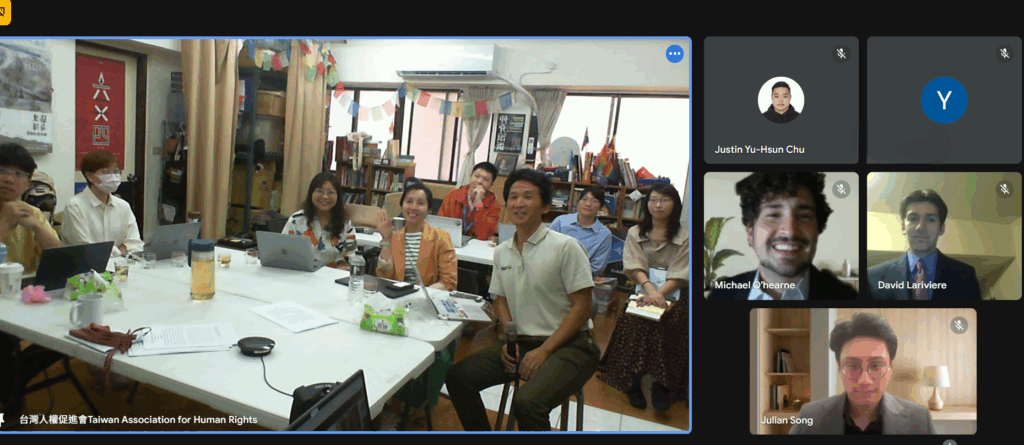1. Using font designs without the font file does not constitute copyright infringement
- The design of a font (typeface) itself is not protected by copyright; only the font file, which is a program that generates the typeface, is protected.
- If the typeface appears on images or web pages without using the font file (e.g., via photography or manual reproduction), it is not copyright infringement.
- The burden of proof lies with the font developer to demonstrate that the typeface was rendered using their font file.
2. No copyright infringement if the font file was not personally downloaded/installed
- Simply using a font file does not violate copyright unless you copy, distribute, or otherwise reproduce it.
- If the font file was pre-installed by someone else on a computer or software that you used, you are not responsible for copyright infringement.
- The font developer must prove that you downloaded or installed the font file yourself.
3. Violating a “non-commercial use only” clause does not constitute copyright infringement
- Even if a free licensed font file was used commercially against the license’s terms, it is a breach of contract, not copyright infringement.
- Breach of contract is a civil matter, not a criminal one, and law enforcement cannot intervene.
- Font developers must pursue civil litigation, which makes it difficult to prove usage and installation details.
4. Downloading unlicensed font files may not always result in copyright infringement
- Under copyright law, private reproduction for non-commercial, personal use may be permissible.
- If the font file is used for personal documents, not for professional or commercial purposes, it could fall under “private use.”
- However, downloading fonts via P2P platforms (e.g., torrents) may involve simultaneous sharing, making private use claims harder to justify.
5. Even illegal font downloads for work use could qualify as fair use
- If a font file was downloaded or installed without a license for work purposes, it may still be considered fair use depending on factors such as:
- Purpose and nature of the use.
- Amount and significance of the material used.
- Impact on the market value of the font file.
- Courts have ruled in some cases that such use may qualify as fair use, especially when market harm is minimal.
Understanding the nuances of copyright, contract law, and fair use can provide a strong defense against settlement demands.


0 Comments